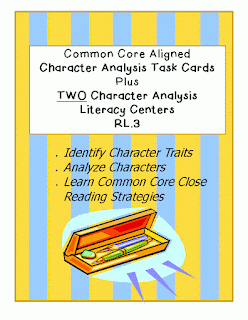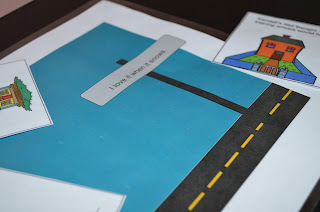As an instructional coach, I have been looking for ways to integrate interactive notebooks with the Common Core ELA Standards. Why? I reaaaaalllyyy love art and it really makes the Common Core so much fun!
These are the interactive journals that I use with the middle school students that I work with. Each student has a journal. I carry around a bag that has chalkboard markers, black paper, watercolor paper, colored pencils, erasers and highlighters. The blog post that shows how literary devices were incorporated with interactive journals is at this link Click Here.
Card stock black paper and chalk markers like the one shown above were used. The chalk markers can be found at craft stores.
Students are given the black paper and special markers for taking notes. (I have never seen students so excited to take notes until I started using interactive journals).
This is day two. The students were introduced to different character types and were told what to focus on (Common Core Standard RL.3) before we began reading literature. Students copied information onto their own journals. This is watercolor paper. (Tutorials about how to use watercolor paper are coming soon)
Before we moved into character analysis, we investigated informational text. Common Core Standard RI.1 wants students to cite textual evidence to support their thinking. Some of the Common Core test questions will ask students to highlight information that helped them determine their ideas and/or will ask them to drag and drop details from the text. Students highlighted their information.
The students were asked to highlight relevant information and explain their thinking (Common Core Standards RI.1 and RI.2).
Over the course of several days, we read several texts and integrated information to help us answer two essential questions about the text (Common Core Standards RI.7 and RI.8).





































